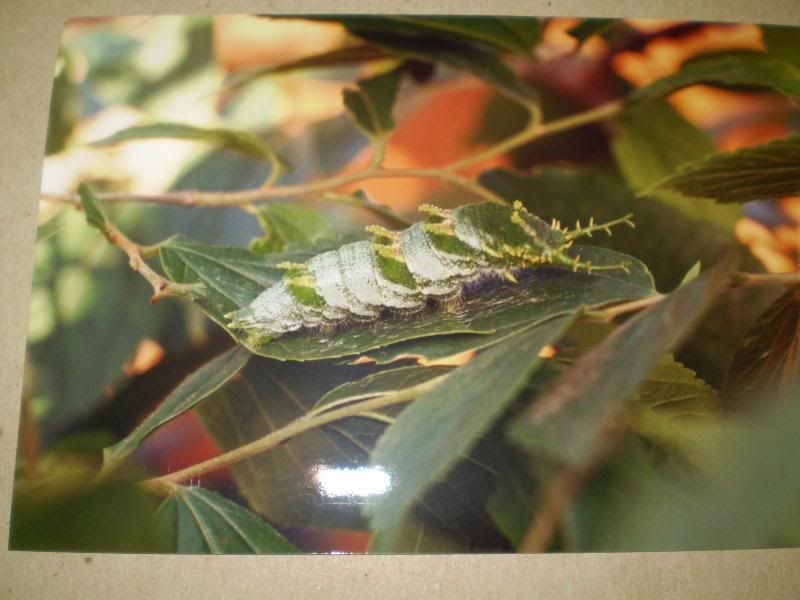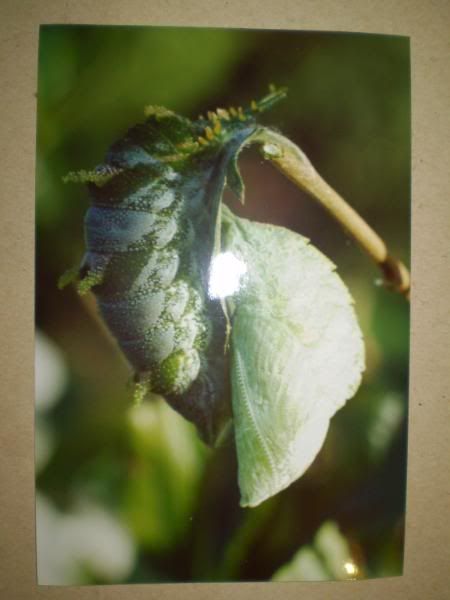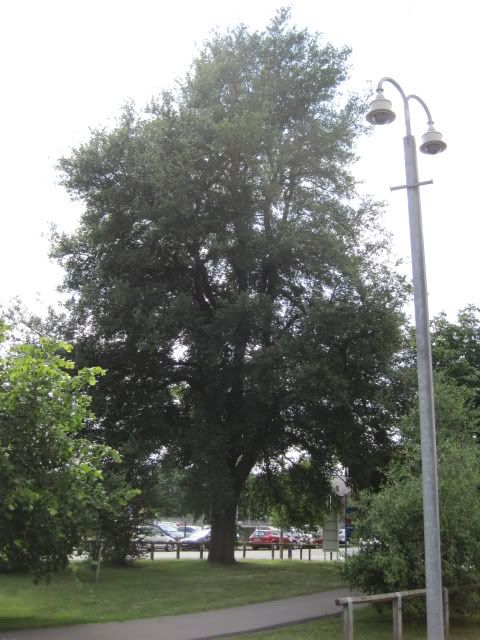
When I revisited today, the truth became clear.





I think the white spots on the pupa are where bugs have fed and I conclude there is no chance of saving it - it is probably already dead. Can anyone confirm this bleak picture?
Guy











It's not bleak unless either:Felix wrote:It's not "bleak" though; surely just really interesting.
Come on Guy, the pupa can not experience 'bleakness'.padfield wrote:It's not bleak unless either:
a) you happen to be that particular white letter hairstreak
Yeah that's a bit of a bummer, but look on the bright side: you captured the bug footage; and that, arguably, is far more interesting...!padfield wrote: b) you still remember the stormy night the caterpillar pupated and were rather hoping to get video footage of it popping out into the sun some time in early July.

You gouged my mind’s eye,padfield wrote: Leave us the poetry...






Yes, it would effectively shake the bug off. The Sasakia pupae in my pictures are about three times the volume of an A.iris pupa and thus much heavier. When they shake themselves as described their leaves and branches really vibrate and if the shaking was deployed very suddenly and vigourously, Shield Bugs and other potential enemies would be shaken loose well before they could take a firmer grip and hold on.padfield wrote:It did occur to me, CC, that the purple emperor vibration reaction you introduced me to would easily be sufficient to shake off a shield bug before it got its proboscis in. Of course, I will keep checking my emperor daily, and will gently move away any likely predators to a different bit of the wood; but landing on one of those pupae must be a bit like sitting unexpectedly on an electric fence.
Guy
Not so; it's a fly of the genus... (the name escapes me...shall look it up later...) which would have been attracted by the already pungent smell of the dead (decaying) pupa. This is not a parasitic fly; more an oportunist that is already staking it's claim on the next stage in this particular pupa's aproximated role in the grand scheme.Cotswold Cockney wrote:Looking again at your "Bug" pictures, on the fourth one down there appears to be a freshly emerged parasitical fly or wasp... note pale colouring.
Felix wrote:Not so; it's a fly of the genus... (the name escapes me...shall look it up later...) which would have been attracted by the already pungent smell of the dead (decaying) pupa. This is not a parasitic fly; more an oportunist that is already staking it's claim on the next stage in this particular pupa's aproximated role in the grand scheme.Cotswold Cockney wrote:Looking again at your "Bug" pictures, on the fourth one down there appears to be a freshly emerged parasitical fly or wasp... note pale colouring.
Felix.
Ps. There are still some fine mature Cornish Elms growing down in the far south west in 'God's Country'...

